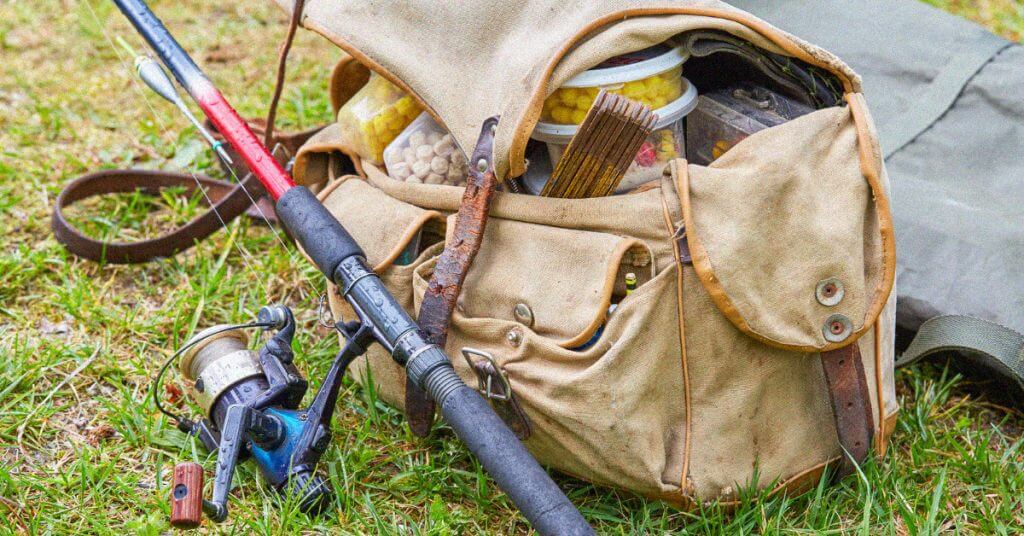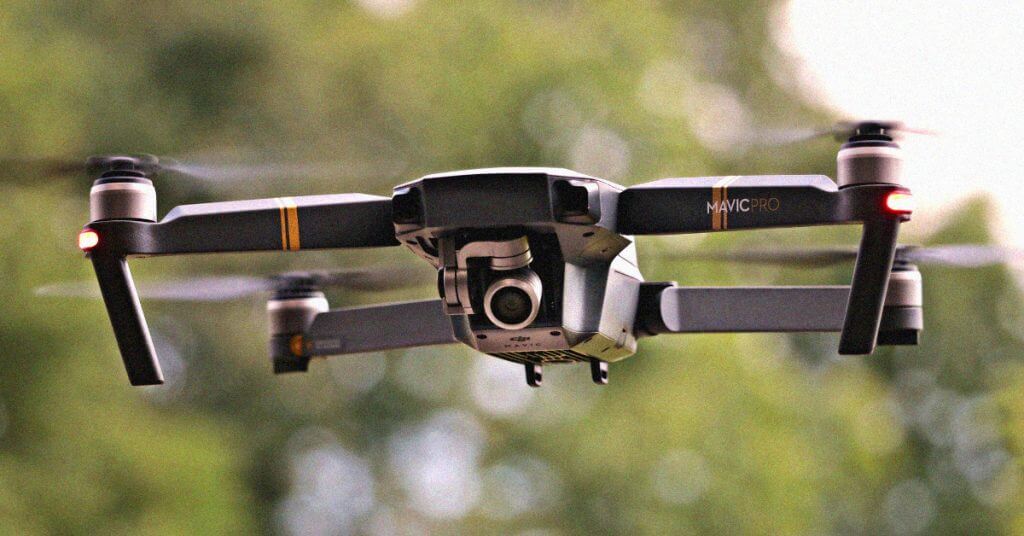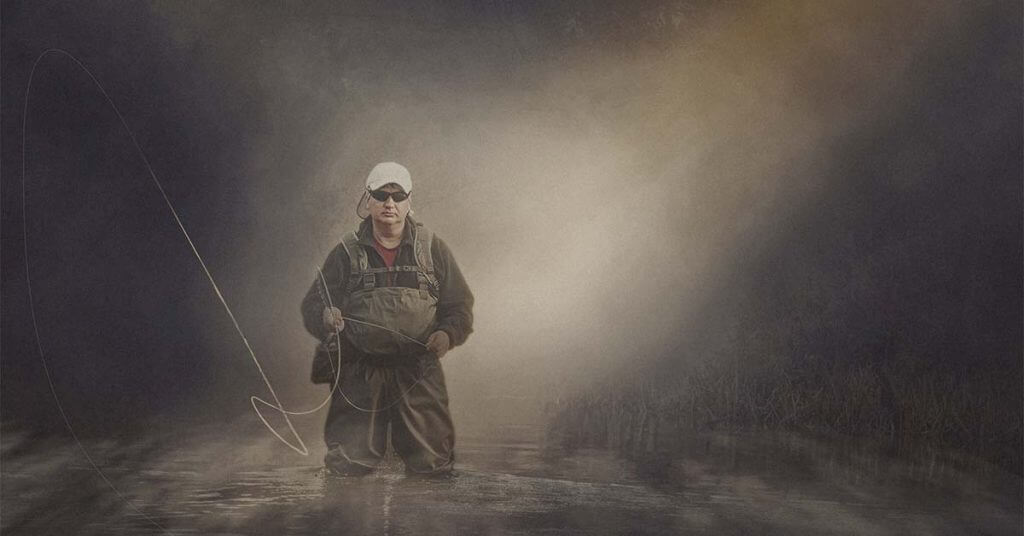While braided fishing line is the toughest line on the market for bass fishing, one of the biggest drawbacks of using braided fishing line is it’s not as opaque as monofilament or fluorocarbon line.
It’s for that reason that selecting the best color braided fishing line for bass is important.
In this article I’ll run through a few color options and reasons why I think green is the best braid for bass fishing.
Table of Contents
Why Use Braided Line?
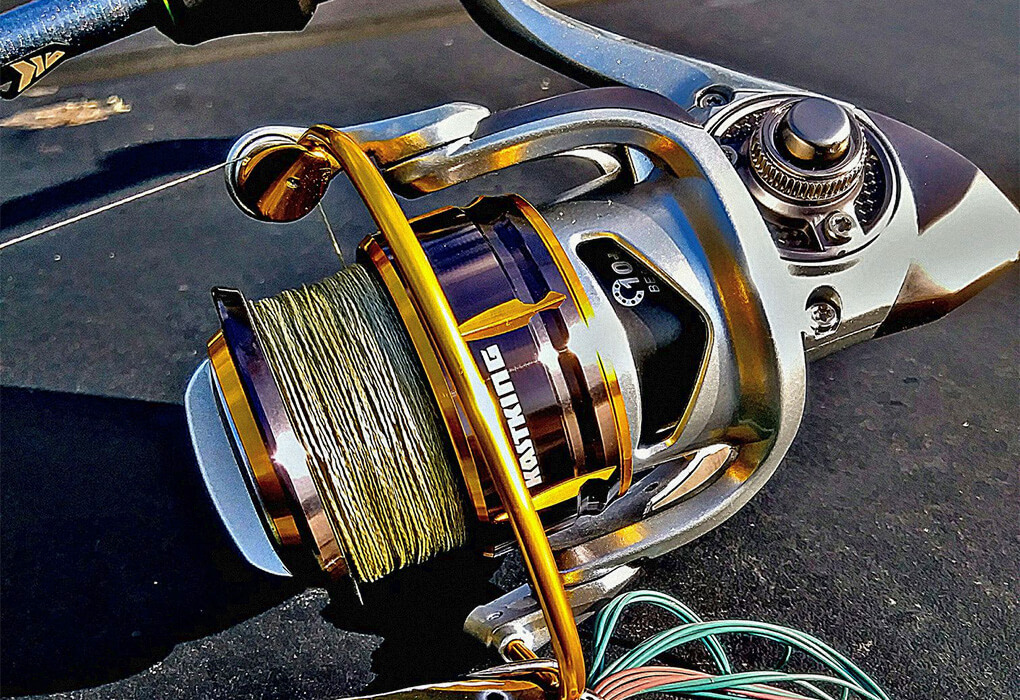
Braided fishing line is the strongest line available to anglers. It is far stronger than fluorocarbon or monofilament line.
It’s made by interweaving individual strands of polyethylene (a type of strong plastic) to make one line with a small diameter.
The line is then sealed and ready for the final step which is applying the line color with a type of permanent dye. This may be the most important step as the right line color can make the difference in catching bass or not.
For bass fisherman, catching that trophy fish is the ultimate goal and the great thing about bass fishing is you never know when “The Big One” is going to bite.
It’s for this reason that you should always be prepared, and using braided fishing line is the best way to do that.
I learned this lesson the hard way when I was a teenager. I was fishing in a small canal near my house. The canal was relatively shallow and never produced any big bass in the two years that I’ve fished it.
While it never produced big fish it did however contain tons of small bass and I just about perfected my technique of catching them.
I would use a 10-pound fluorocarbon line tied to shallow-water crankbait. My reason for using the light line was that it was virtually invisible to the bass.
This setup worked for years in the canal. I would catch my daily limit of ten bass without any break offs or popped lines.
Then one day I made a long cast and started reeling in near a culvert when all of a sudden a large bass exploded on my crankbait.
I set the hook and the fish ran left along the shoreline. My drag on my spinning reel started screaming and then the fish dove into deeper water as it stripped line from my spool.
All I could do it hold my rod up and hope that it would tire out.
I will never forget the helpless feeling of watching that fish run away from me and hearing that pop of the line about ten seconds into the fight.
It was a hard lesson to learn but from that lesson I’ve learned a lot about the importance of bass fishing braided line.
Since switching over to using braided line on my spool, I’ve learned to match what line color to use to what conditions I am fishing.
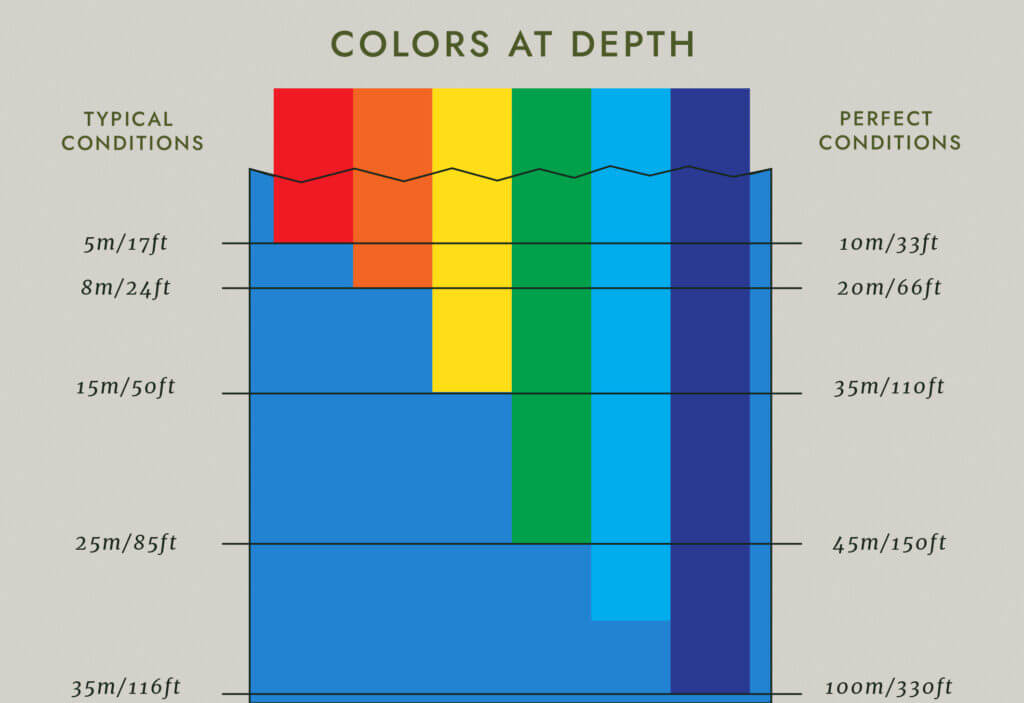
Natural vs High Visibility Color
There are many different colors to choose from when selecting braided line color. Most of the colors are broken down into two categories. Brown, black, are green colors that often match normal conditions.
These colors fall into the category of “Natural Colors”.
Colored braided lines that are yellow, white, blue and red fall into the category of “High Visibility” because they are bright and are easy to spot when not used in the right conditions.
Best Natural Color Braided Lines
When selecting the best natural color for braided line it’s important to try and match the water you are fishing in. I live in Louisiana and am usually fishing in bayou’s and shallow rivers when I fish for bass.
The tributaries that I fish vegetation contain loads of lily pads, eelgrass, and pennywort which are all green. Add to it that the water conditions are often muddy with a greenish tint.
It’s for this reason that I use dark green braid line for bass.
The farther north you travel you’ll encounter cleaner water so you’ll want to select a green line color with a lighter tint as the water gets clearer.
Natural colored braided line is also great to use when fishing on the bottom because typically the bass is looking down at the lure and the line matches the brownish-green muddy bottom of most lakes and tributaries.
When using lures such as plastic worms, jigs, and craws, it’s best to go with a dark green colored line.
My favorite low-vis line to use when I’m fishing muddy water braided line is Power Pro’s Moss Green Line but there are other brands to choose from like Seaguar, Sufix 832, and Kast King.
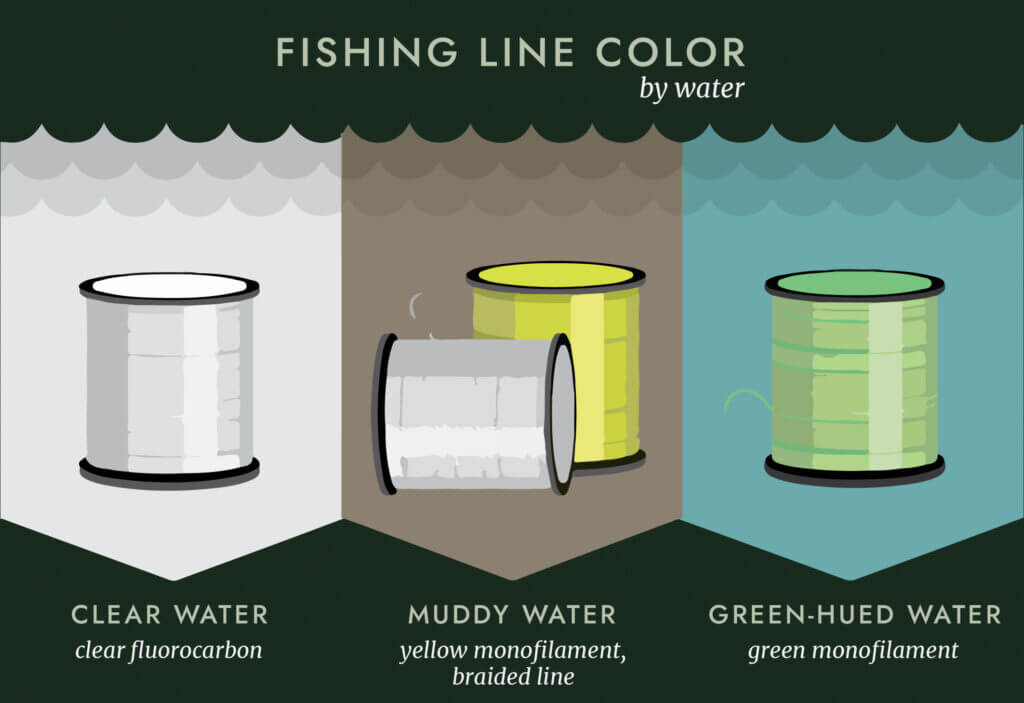
Best High Visibility Colors
At first glance, hi-vis colors like yellow or white may not look like the best line to use, being that you can plainly see it. But these colors can become quite invisible when used in the proper setting.
Some anglers will argue that yellow line is easy for them to see while fishing which allows them to spot any movement when a bass hits.
However I think using yellow line puts bass anglers at a disadvantage if they use it in the wrong conditions.
I recall a bass fishing trip I made with a friend where this occurred. We were fishing in a local river that contained a drop-off. We were both using a baitcasting setup fishing on the bottom in over 15 feet of water using Brush Hogs.
I caught a bass and then caught another. I told my friend to cast where I was catching bass and he did but came up empty. I continued to catch bass and put eight fish in the boat before realizing what the problem was.
I was using green colored braided line while he was using white.
I let him borrow another one of my fishing poles that had green braided line on it and sure enough, he casted out and caught a bass.
It’s always fun to try and figure out the fish and on that day we certainly figured out what types of fishing line NOT to use!
The equation for using hi-vis colored braided line is simple. The cleaner and brighter the sun is shining – the brighter the line. So for instance, if you are fishing clear water with the sun shining, you should go with a bright yellow visible line.
Let’s say you are fishing in a pond with water clarity that ranks eight on a scale from one to ten, however, it’s an overcast day with filtered sun. Then white or light gray would be a good color to fish with.
High visibility colors are a great match for fishing for bass with topwater lures like jerk baits, floating frogs, and weedless swimbaits.
When using topwater baits the bass are typically looking up and the light colored line matches the sky.
Another highly visible color that is an option is blue. Blue colored line works best in clear water angling that contains high salinity like saltwater oceans or seas.
These bodies of water typically have a blue tint to them so the blue line matches it perfectly. But since bass are freshwater fish and not found in blue water, you’ll want to stay away from any line that is any shade of blue.
Another high visibility color is red. This is a relatively new color that has come about in the fishing world and it is somewhat polarizing.
The theory behind using red line is that the red color mimics blood which, in turn, triggers the bass to strike. You’ll see this argument made with those who use lures with red paint on them.
Personally, I don’t see the benefit of using red line and would stay away from it.
Frequently Asked Questions
Does braid color matter for bass?
Bass can be highly temperamental and selective when it comes to what they eat. You may have the perfect lure tied on but if the bass sees your line connected to the lure – it’s game over!
Having the wrong color braided line canmake the difference in catching bass and coming up empty so the color braid you choose is important.
What is the best color for braided fishing line?
The best color is a dark green colored braided line and it’s why it’s the most manufactured color in the world of braided fishing line.
Can fish see colored braided line?
Yes, fish can see braided line which makes it even more important that you select the right color line for the water and conditions you are fishing.
What color line can bass not see?
Bass have trouble detecting dark green braided line because it often matches the murky water color and the surrounding vegetation.
Final Thoughts
They say luck is what happens when preparation meets opportunity. You never know when that big bass is going to strike so it’s best to be prepared for it.
If I would have been using braided line when that big bass hit my lure, it would be on my wall today.
Before you head out on the water for your next bass fishing trip, give some thought to what the best color braided fishing line for bass is for the conditions you are fishing.
Try to match the brightness of the day and clarity of the water to the color line you choose and you’ll reap the rewards.


